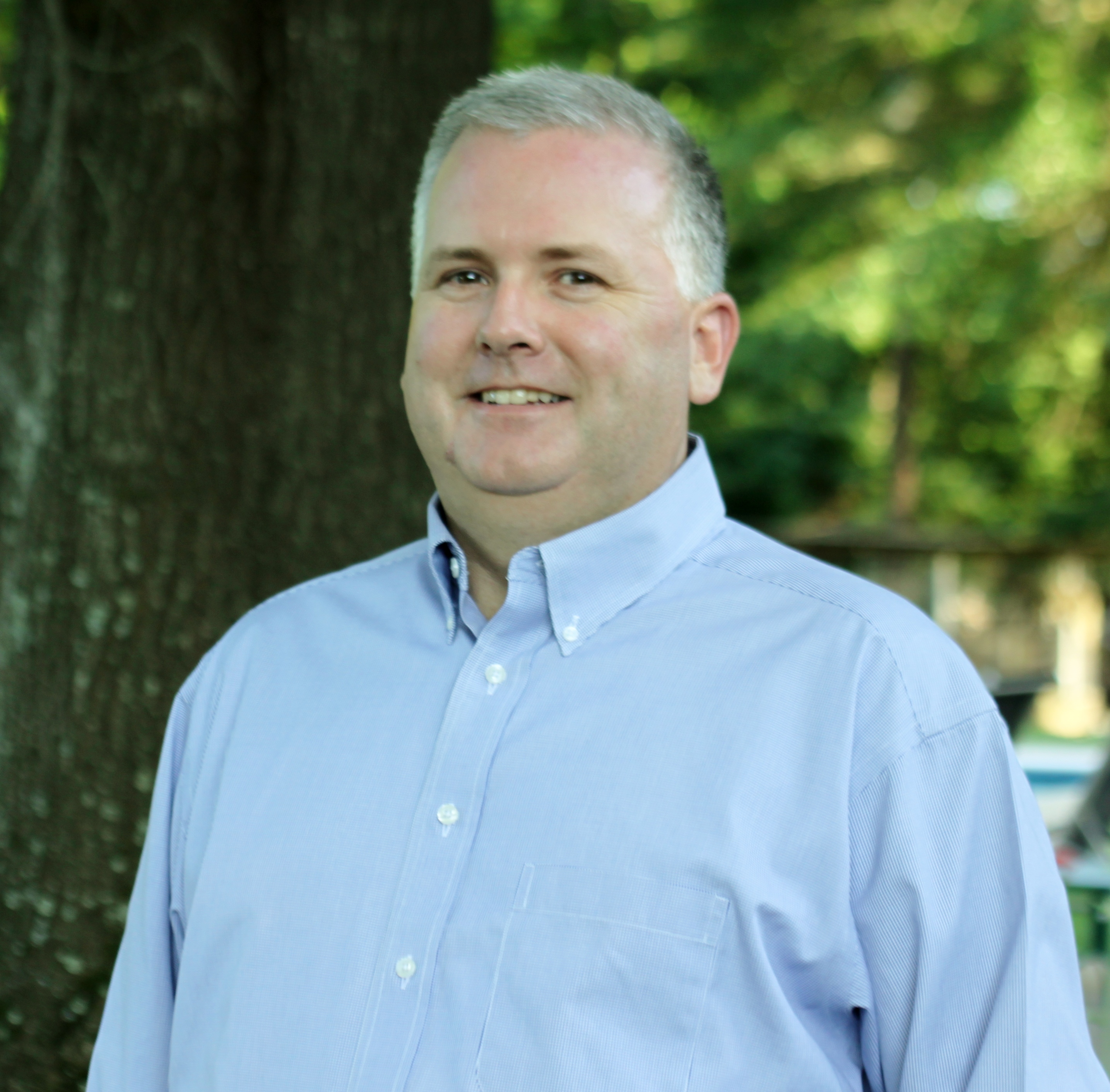 |
||||||||
| July 29, 2015 | ||||||||
| Rick's Tips - Steam & Condensate Part 1 |  |
|||||||
|
· Subscribe to Ahead of the Curve · Newsletters · Ahead of the Curve archived issues · Contact the Editor
|
Moving maintenance from reactive to proactive Editor's Note: This article appeared in the July/August 2015 issue of Paper360° magazine.  By Jay Shellogg My experience has taught me that most folks working in the pulp and paper industry don't have an understanding of what it takes to change a reactive maintenance department to a proactive and reliable one. Two key areas must be addressed for reliability to take root and be sustainable: mill culture and the principles of reliability. I once had dinner with the a paper machine Production Manager where we talked about the need to change from a reactive maintenance culture to one that engaged the entire organization in proactive reliability—from the mill manager to the janitor. I told him that any real culture change takes planning, time, and commitment. But he pushed back and said, "we don't have time, we have to change now." I empathized with him but asked if he had ever experienced an effort at a mill to install a new way of doing things where the champion of the change—by either position, character, or force of will—made the change happen, only to see the organization revert back to its old ways when the champion left or was reassigned? The Production Manager grew frustrated and finally excused himself from dinner. The next day I was at the mill for a tour and the place was in turmoil from a breakdown overnight. Mid-morning I was summoned to the Production Manager's office where I found him exhausted from the breakdown and frustrated by my comments from the night before. I braced for a verbal assault but to my surprise he said, "After I left our dinner, I thought about your question. I was that champion of change in the last three mills where I worked, and in every case, after I left those mills returned to their old ways. I don't want that to happen here." As a result we had a very productive discussion about culture change management and the steps required to bring it about. Some of the things I have learned from my years in a mill (many obvious) are:
Jay Shellogg spent the last 16 years of his career working at a large pulp and paper mill, primarily as a Sr. Environmental Engineer and Maintenance/Reliability Superintendent. During that time he encountered many challenges that in his own words, "some I overcame and some I didn't." Contact Jay Shellogg at: jayshellogg@strategicmaint.com. Now that you are Ahead of the Curve, stay there by joining TAPPI. |
|||||||
 |
||||||||
